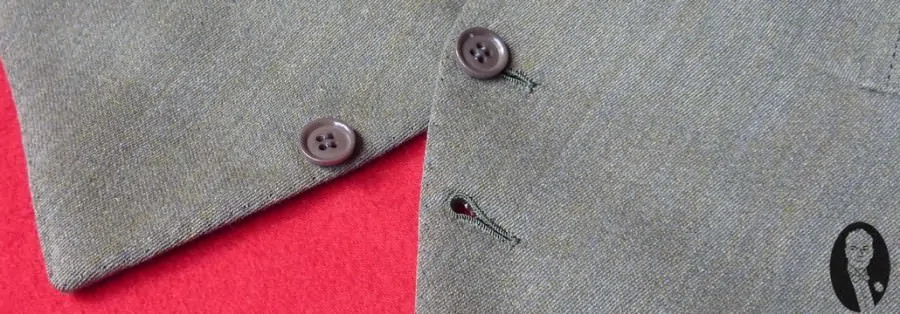
Today, considerably fewer gentlemen wear the waistcoat than they did in the past. Of the remaining few who do, it can be observed that they often leave the bottom button of their single-breasted waistcoat unfastened.
Now, one might assume they were a little careless when getting dressed until you notice that even the best dressed gentlemen frequently have the bottom button of their vests unbuttoned, when you realize this couldn’t be further from the truth. As with many other trends in the history of men’s fashion, it is not certain who exactly popularized the habit of leaving the bottom vest button unfastened or precisely when it was introduced. In our case, there are 4 different explanations:
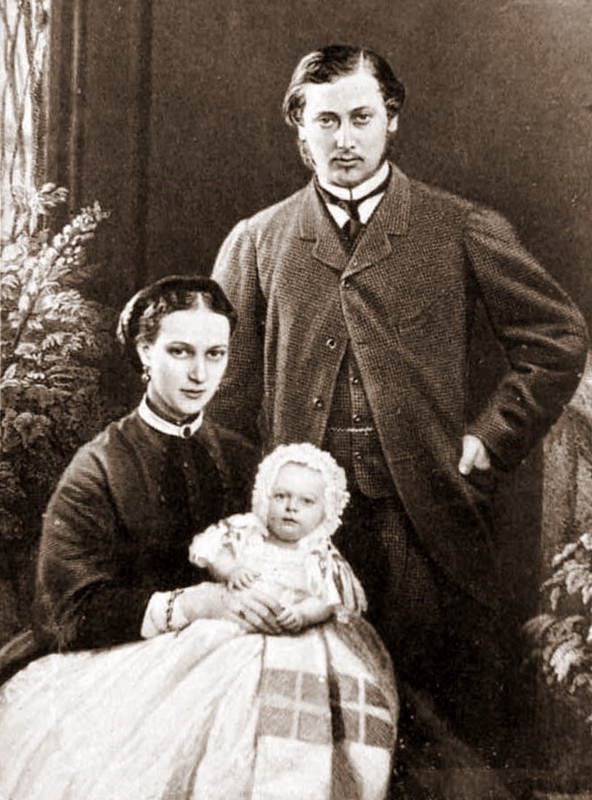
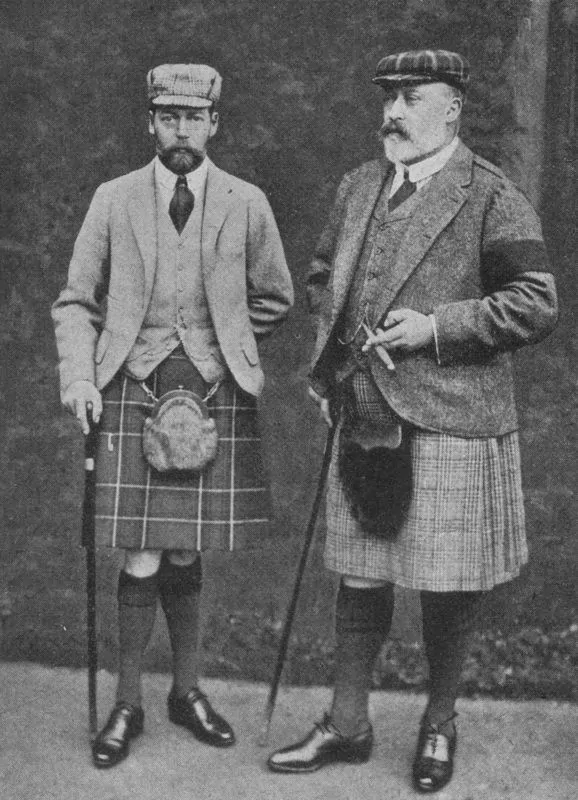
Theory I: Edward VII as Inventor
According to the – probably – most well known theory, Edward VII is responsible for this ritual. While some claim Bertie—the way Queen Victoria referred to her eldest son—simply forgot at one point in time to button his waistcoat all the way down, others insist that his ballooning waistline was the cause for it. Considering that Edward VII loved to change his clothes up to 6 times a day, and knowing that even when hunting, he was more interested in the fit of his clothes than in the deer, it seems highly unlikely that he just forgot to button his vest completely.
Although it is true that King Edward VII was a man of stately embonpoint, his attention to detail in matters of dress make it seem hard to believe that his tailors could not keep up with his waist. In addition to that, it is very difficult to find a picture of Edward VII with a vest that is not buttoned all the way down. Ironically, there are numerous pictures of him where he is wearing a waistcoat that is buttoned completely. Nevertheless, in 1908, the trade magazine Tailor & Cutter mentioned the King’s unfastened vest button. So, even if Edward VII had popularized the fashion of leaving the bottom button unfastened, there is no doubt that others had worn their waistcoats in the same manner many years before he did.
Theory II: Two Waistcoats At The Same Time
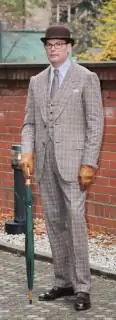
A second theory goes back to a time when dandies would wear two waistcoats at the same time, to show off their wealth and extensive wardrobes. In order to exhibit both, the bottom button of the top vest was supposedly left open.
Theory III: The Horseback Variation
The more practical third theory is the “Horseback” theory. Some say the bottom button of the waistcoat usually had to be undone in order to be able to rise at all. Others claim the bottom button was left unbuttoned to keep the vest from sliding up the chest. Both explanations seem quite plausible to me.
Theory IV: The Eton Alternative
Finally, there is the “Eton” theory. During the Victorian period, people in the UK, especially the upper class, were very meticulous about dressing, and hence it is hardly surprising that even the smallest details in their clothes were used to express one’s belonging to the highest class. Certain students of Eton College excelled in those kinds of details. For example, during the Eton Boats Day, only members of the Regatta Society were allowed to wear a special sailor uniform, which was worn during the time of Admiral Nelson. Members of the Pop had even more privileges. Pop is the oldest self-electing Society in Eton, which was formerly only accessible to sons of the best families – if they were accepted by the existing members. Apart from the fact that only Pop members were entitled to sit on the wall in front of the main school building, they also had the exclusive right to wear certain attire while the specific garments or accessories changed occasionally. At the end of the 19th century, only members of the Pop were allowed to wear a white waistcoat and ruffled shirts with their blue morning coat, or carry a rolled up umbrella. Apparently, another feature of the Pop was to leave the bottom button of the waistcoat unfastened. Later in life, members kept the tradition of unbuttoning this bottom button alive, and since many of them had become a part of the UK’s elite, it did not take too long for Savile Row tailors and manufacturers to notice and later adopt this special habit.
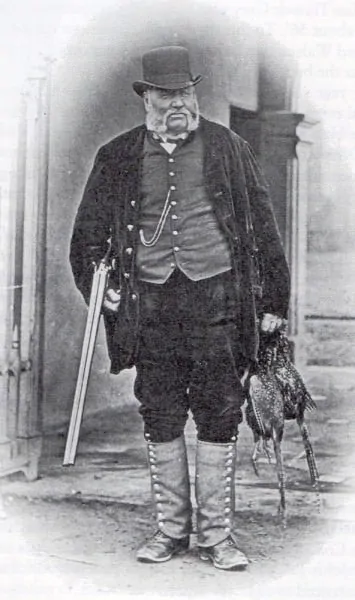
Which of these four theories is more valid than the others is difficult to determine, however the hunting picture of John Buckle lead me to believe that it might have been a hunting tradition, predating the fashion of Bertie! In any case, it is for certain that, even today, there are waistcoats which have a sham bottom button and thus cannot really be buttoned all the way down.
In the US, Germany and other parts of the world, waistcoat buttons used to be buttoned until the influence of Savile Row became stronger through motion pictures. Leading actors (who would have their suits tailored in Savile Row) would often leave their bottom vest button unbuttoned. People on the street started to adapt to their heroes more and more.
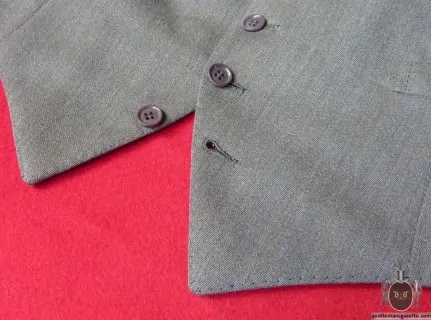
In my opinion, leaving the bottom vest button unfastened may look very handsome with casual coats and tweed suit, while I think that a dark business suit, a tuxedo, or a white tie ensemble should always look better if the waistcoat is buttoned completely, but of course—to each his own.
Peruse Our Waistcoat Content
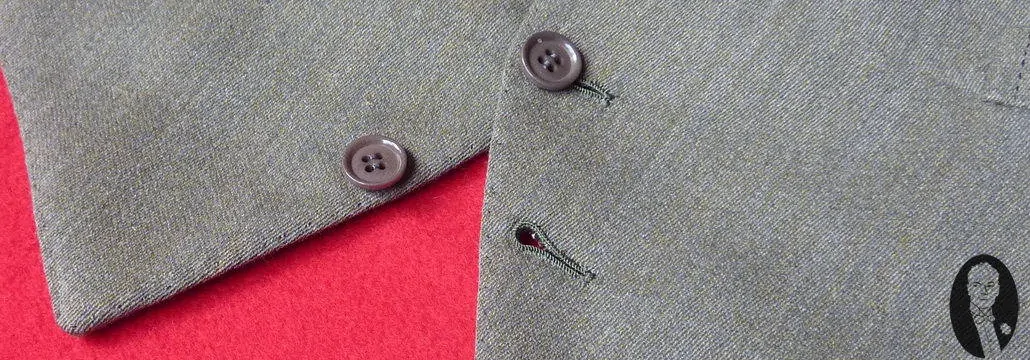
Evening waistcoats are always fully buttoned, aren’t they?
Hal, evening waistcoats, especially DB ones should be buttoned all the way but this is also true for most black tie vests I have seen.